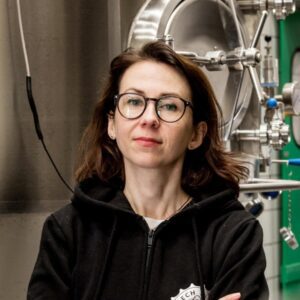Have you ever heard of a dessert that breaks all the culinary conventions and still wins the hearts of gourmets all over the world? Baked on top, melting inside, served without any additives - this five-ingredient dessert has earned the nickname “antisernik " and inspired chefs from all over the world!

source: https://www.cntraveller.com/article/true-story-behind-the-burnt-basque-cheesecake
In the small seaside town of San Sebastian, Spain, in the heart of the Old Town, there is a modest pintxo bar called La Viña. It was here, in 1959, that the brothers Eladio and Antonio Rivera, together with their wives Carmen and Conchi, founded a family business designed to change the culinary world. In 1988, thanks to their son Santi, a new cake was created.
Get ready for a unique culinary journey that will reveal the story of a cheesecake that breaks all the rules and leaves an insane impression!
Origin of La Vigna
La Viña started out as a typical pintxo bar serving the region's signature snacks. The Rivera brothers, working long hours, always ready to serve customers, did not know that their small bar would become the birthplace of a culinary legend. When Santi joined the family business, he began experimenting in the kitchen, trying out different recipes and flavor combinations. It was then, one of the Mondays when the bar was closed, Santi created the first version of Basque cheesecake! He used only cream cheese, sugar, cream, eggs and flour for this purpose!
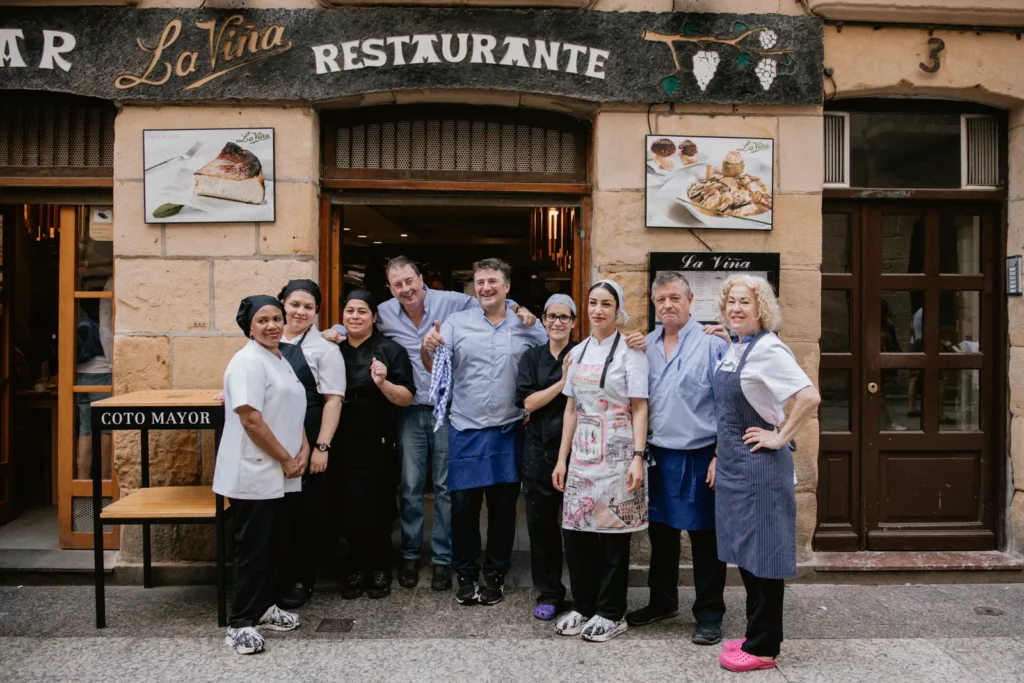 source: https://www.cntraveller.com/article/true-story-behind-the-burnt-basque-cheesecake
source: https://www.cntraveller.com/article/true-story-behind-the-burnt-basque-cheesecake
Creating Excellence
Basque cheesecake was not born immediately in its final form. Santi initially used quark-style cheese (smooth curd), but continued to experiment with different types of cheeses until he finally found the perfect cream cheese. Curiously, he changed cheese brands based on available discounts, which ultimately improved the taste of the cheesecake.
Features and serving of the famous dessert
One of the key elements that make Basque cheesecake stand out is the lack of a traditional cookie base. Santi declined it-it made the dessert special, offering a silky texture that literally melts in your mouth.
Basque cheesecake with La Vigna is served in two small pieces, which, according to Santi, allows the dessert to taste better. Each bite is carefully designed to deliver maximum taste pleasure. In addition, the cheesecake is not stored in the refrigerator, which prevents it from solidifying. The cake is displayed in the bar next to the coffee maker, allowing customers to see it and entice a slice when ordering Pintos and wine.
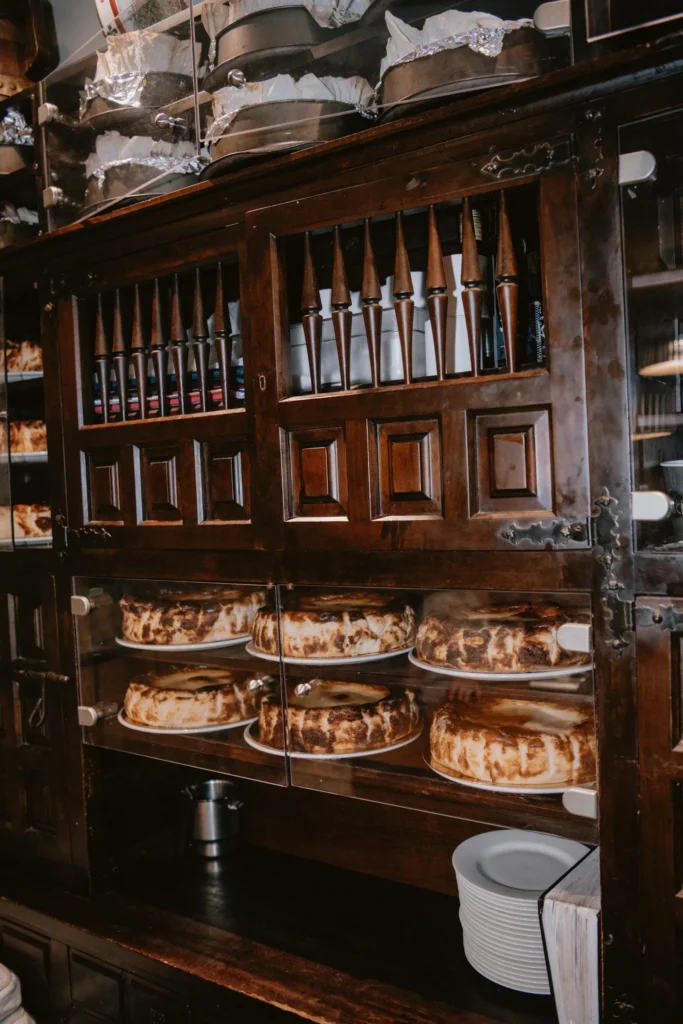
source: https://www.cntraveller.com/article/true-story-behind-the-burnt-basque-cheesecake
Differences between Basque and Classic cheesecake
Basque cheesecake has a rather rustic appearance-a burnt crust and uneven sides, unlike the usual ones, the top of which should be smooth and without cracks. Unlike the classic sponge bottom, Basque cheesecake is baked without a bottom in baking paper, which gives it a distinctive look with a burnt layer.
Classic cheesecake is usually dense and firm, while Basque cheesecake is light and creamy. Its texture is something between a souffle and creme brulee, which in combination with the” burnt " caramelized coating makes it irresistible.
Baking technique
Santiago's main goal was the creaminess of the cake. He didn't pay attention to other aspects, such as the appearance, shape, color or proportions, and the very high baking temperature. So there was an antisernik, which violated all the rules that have hitherto guided confectioners.
Viral success
Basque cheesecake has become a global phenomenon, and La Vigna has become famous thanks to the Internet. Santi says that the success of a cheesecake is not only its taste, but also the way customers treat it and the accessibility of the bar to everyone.
The dessert has found new life in remote places such as Singapore, where it is served as soft ice cream, and has also been recognized in the pages of the New York Times, which declared it " taste of the year” in 2021. Despite this, the cake is still sold by the piece in La Vigna, where it was created.
Poland version of Basque cheesecake
Michal Korkos, author of cookbooks and the Delicious blog, has made quite drastic changes to further enhance the taste of the Basque dessert. The original is baked on Spanish San Millan cream cheese, twice as salty as the widely available Philadelphia. The culinary blogger ditched flour, raised the oven temperature, and shortened the baking time to quickly get a caramelized top and creamy interior.
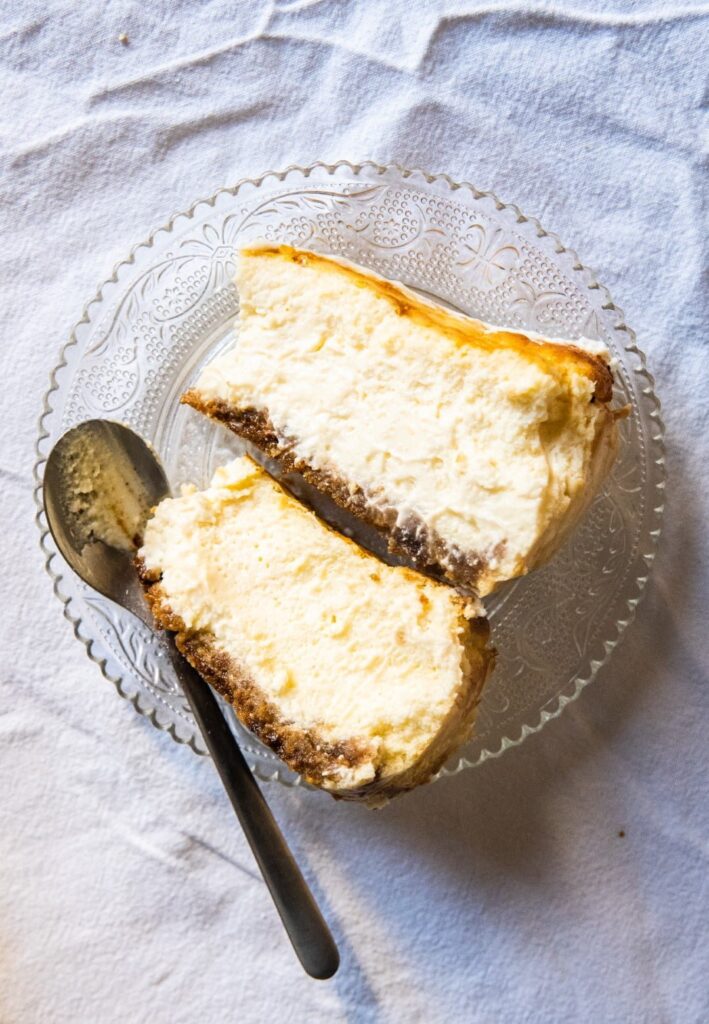
source: https://www.rozkoszny.pl/sernik-baskijski-ale-jeszcze-lepszy/
Five years after posting his classic Basque cheesecake recipe on his blog, Delicious decided to take up a new interpretation of the iconic recipe. He added pistachios and white chocolate to the recipe and changed the technique by adding flour smeared with cream-this made the dough even creamier.
The recipe caused quite a revolution, causing pistachio creams to sell out quickly, and all home confectioners were eager to recreate this dessert in their kitchens. Basque cheesecake in pistachio version captured not only social networks, but also the hearts of gourmets!

source: https://www.rozkoszny.pl/pistacjowy-sernik-baskijski-z-sosem-z-bialej-czekolady/
Z ponad 229 000 tagami na Instagramie #BasqueBurntCheesecake sernik baskijski nabrał własnego życia, ale jeśli kiedykolwiek zechcecie spróbować oryginalnej, klasycznej wersji, możecie liczyć na to, że w La Viña nigdy, przenigdy się ona nie zmieni.

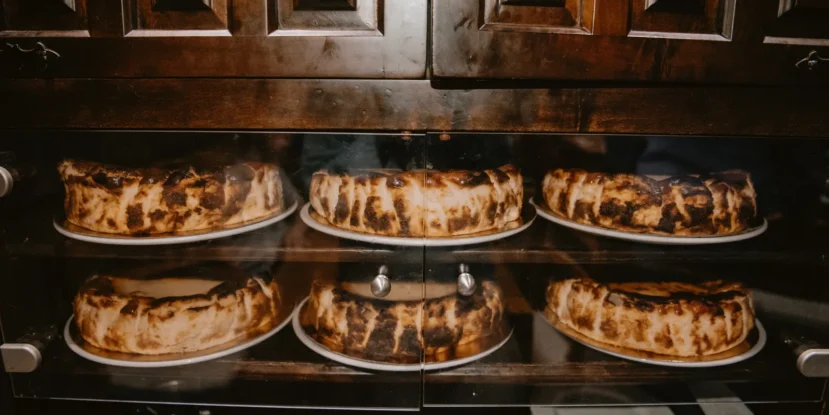








 Junior specialist in Marketing Communications and PR.
Junior specialist in Marketing Communications and PR.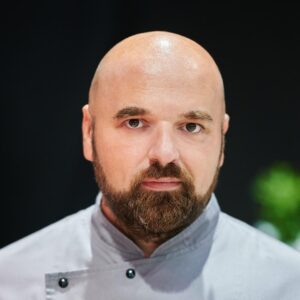


 He is a graduate of the University of Warsaw and the Main School of Agriculture. We have been in the HoReCa industry for more than 10 years. For many years, he has been associated with the Trip group, Sobienie Royal Golf and Country Club, and the Florentin Restaurant in Warsaw.
He is a graduate of the University of Warsaw and the Main School of Agriculture. We have been in the HoReCa industry for more than 10 years. For many years, he has been associated with the Trip group, Sobienie Royal Golf and Country Club, and the Florentin Restaurant in Warsaw. She graduated from the Faculty of Architecture of the Warsaw Technical University with a degree in Architecture for the Knowledge Society and Visual Communications at the Polytechnic University of Milan. A specialist in creating a mood. She has gained experience at home and abroad at numerous international seminars (Seville, Lisbon, Florence), fellowships at La Sapienza (Rome), etc. m.in. in Carmi e Ubertis and ADM Milano.
She graduated from the Faculty of Architecture of the Warsaw Technical University with a degree in Architecture for the Knowledge Society and Visual Communications at the Polytechnic University of Milan. A specialist in creating a mood. She has gained experience at home and abroad at numerous international seminars (Seville, Lisbon, Florence), fellowships at La Sapienza (Rome), etc. m.in. in Carmi e Ubertis and ADM Milano.








 A manager with many years of experience in the cosmetics, food, and children's industries. During his career, he was associated with such companies as: L'Oreal, Samsung, Danone-Nutricia, Unilever. During his professional life, he was responsible, among other things, for the development of e-commerce sales and content in Poland and the countries of Central and Eastern Europe.
A manager with many years of experience in the cosmetics, food, and children's industries. During his career, he was associated with such companies as: L'Oreal, Samsung, Danone-Nutricia, Unilever. During his professional life, he was responsible, among other things, for the development of e-commerce sales and content in Poland and the countries of Central and Eastern Europe. 





